The Definitive List Of Dip Mistakes

Dips are truly a great upper body exercise.
Like the pull-up, they can be done with just your body weight, or by adding additional weight using a chain belt.
They are also a compound exercise, working a variety of different muscles, including your chest, shoulders, and triceps.
However, just as with the bench press, deadlift, squat, and military press, the dip is an exercise that many people have trouble with.
It isn’t one of the ‘core’ exercises that every person learns to do, so many people just kind of fumble their way through it – if they even do dips at all!
In this article, I am going to go through the most common dip mistakes that I see people making at the many gyms where I’ve trained.
Read through the list, and see which ones have been preventing you from getting the most out of this exercise.
1) You’re not going low enough.
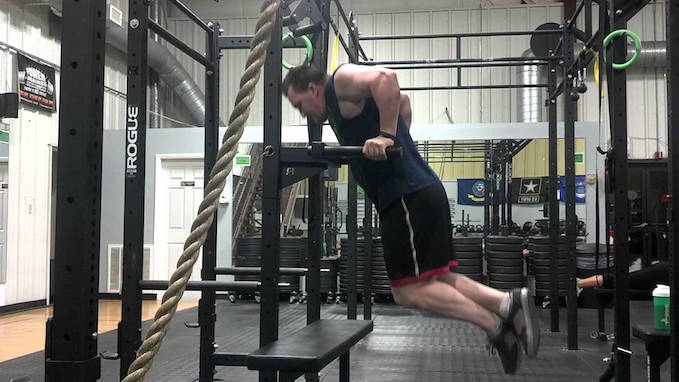
This is one of the most common mistakes that I see people making when doing dips, and I still make it myself sometimes.
That is, not going all the way down on each dip rep, and instead doing little half reps that won’t give you nearly as much benefit.
You should go slightly below parallel on each rep, so that your shoulders go down just slightly below your elbows.
2) You’re going too low.
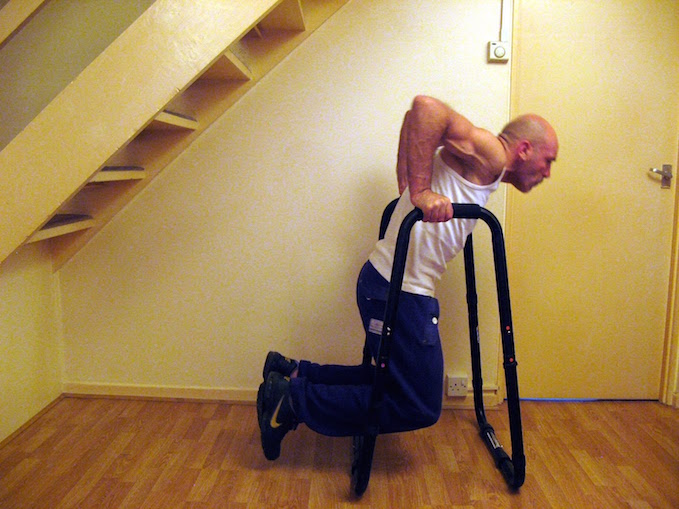
Yes, going too low on dips can be a problem as well!
This is less common than the first mistake, but if you’re particularly overzealous with your dips it can certainly happen.
Basically, you don’t want to go too much below parallel, otherwise you’ll end up putting too much pressure on your shoulder joints and can potentially injure yourself.
Stick to right around parallel and you should be fine.
3) You’re not keeping your chest up.
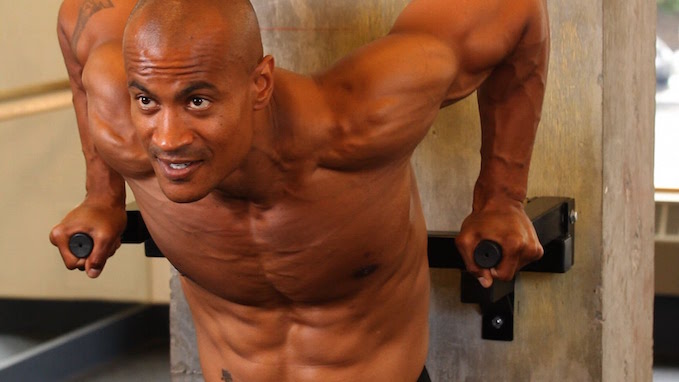
Now there are admittedly different variations of dips.
If you lean forward more, it will emphasize your chest, whereas if you stay more upright it will emphasize your triceps.
That being said, too much forward lean isn’t good and can be the cause of torso pain if it happens too much.
To prevent this from happening, keep your chest tight and up, while making sure that your shoulders stay back.
4) You’re not locking out your elbows.
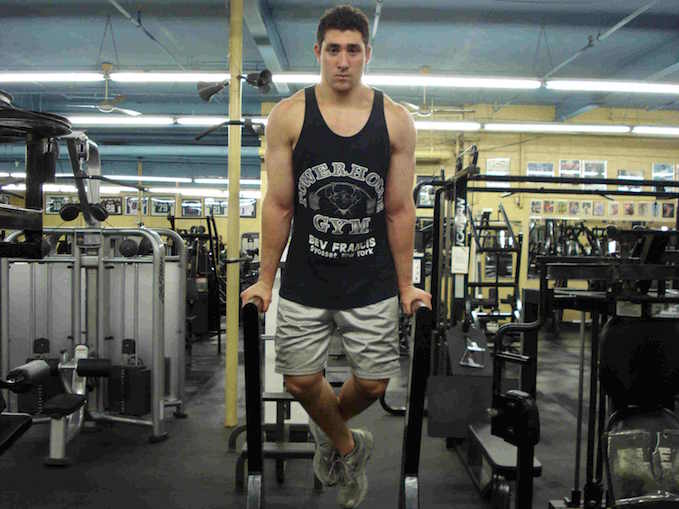
At the end of each rep, you should lock out your elbows.
Contrary to what some people think, this will actually help prevent injuring your joints.
It will also insure that you are completing full reps each time and not cheating.
5) You’re going too fast.

Now this is one that you see on many exercises, but for some reason people tend to do this a lot with dips.
Basically, they bounce themselves up and down on the parallel bars like they are trying to sprint through the set.
In doing so, they are usually making one, if not more, of the other mistakes that I’ve already mentioned, and are risking injury from doing the movement so haphazardly.
Slow down, and do each rep with the proper focus, feeling the movement through your chest and triceps.
6) You’re not bending your legs behind you.
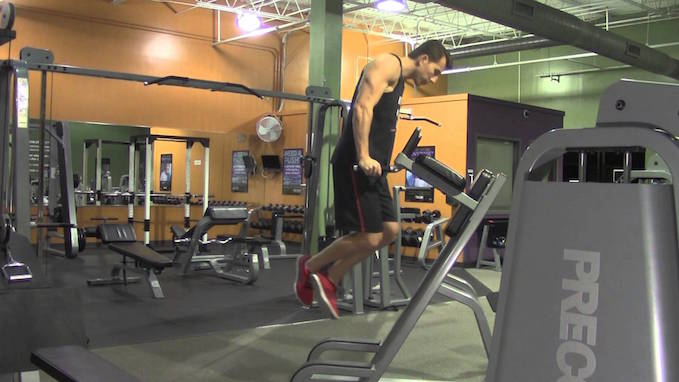
When doing exercises like dips and pull-ups, balance is key.
You want to be dipping up and down in a controlled, fluid motion – not bouncing around all over the place while you’re struggling to maintain your balance.
One of the easiest ways to balance properly is to bend your knees and cross your feet behind you.
I’ve found that this makes the exercise considerably more stable than the other variation, where your legs just dangle down below you.
7) You’re doing dips before you can actually do dips.

This may sound like a funny mistake to mention, but it is actually fairly common.
You see, body weight dips are pretty hard, and many people aren’t able to do more than a rep or two (if that) with the proper form.
If you’re in this situation, instead of struggling through an exercise that you aren’t ready for yet, you should work up to doing body weight dips by training with the assisted dip machine.
This will allow you to progressively decrease the amount of assistance that you have, until you are able to do full dips on your own.
I would recommend using an assisted dip station for this, instead of a seated dip machine, since the movement is much more similar to actual dips, and will better prepare you for doing them when you’re ready.
8) You’re not challenging yourself.
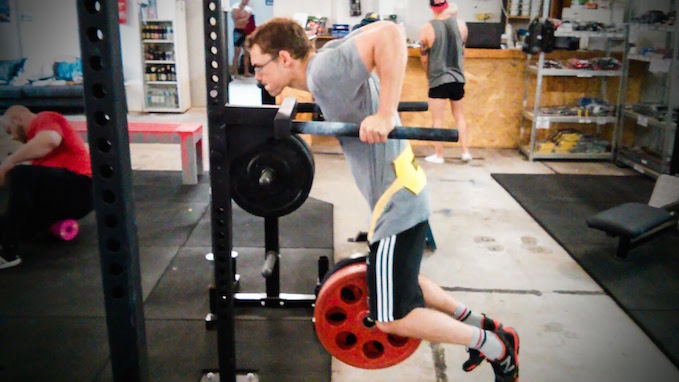
Now once you are able to do dips for a good number of reps without any assistance, you won’t make much additional progress unless you start adding weight.
In order to do this effectively, you should purchase a chain belt, so that you can progressively add more weight and continue getting stronger.
You can even hold a dumbbell in between your feet to add resistance, although a chain belt is definitely my recommendation here.
Ready to start dipping your own body weight and more?

As I mentioned before, dips are a fantastic exercise to have in your arsenal.
After the big 3 (squat, bench, and deadlift), they are one of my favorite exercises to help build a strong upper body.
Also, you can do dips practically anywhere, and can even purchase a dip station to use at home without spending too much money.
So, take note of these common mistakes, and start including dips as a core part of either your chest or tricep workouts.